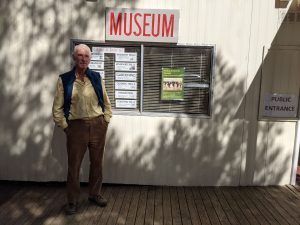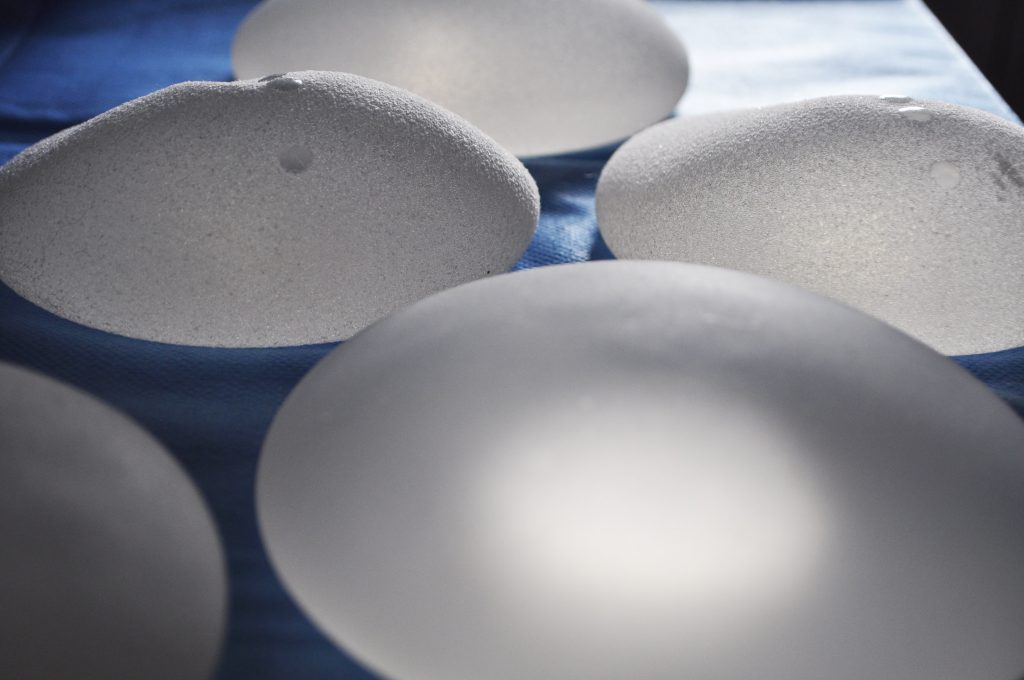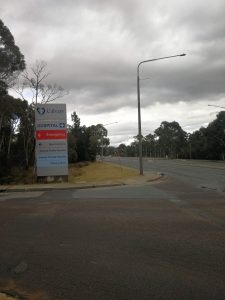Rural rewards: extreme steps to secure GPs
 By CHARLOTTE KING
By CHARLOTTE KING
WHY is a reward being offered to the person who finds a suitable doctor willing to work in Bourke? Bourke is a town in western NSW with only just over 3,000 people and only one doctor. This is typical of the ratio of general practitioners to patients in rural Australian towns, but not enough to sustain the town.
So Dr Ross Lamplugh, chairman of the Ochre Health Group and former Bourke doctor, has decided the need is great enough to justify giving $20,000 to whoever successfully refers a doctor to the outback posting.
“This vacancy is a key one for us so we thought we should try something different,” Dr Lamplugh said (10 October 2011). The reward is being offered as an alternative to paid advertising.
Is this approach different?
Dr Lamplugh said he had been saving this idea for a while and thought it was unique, but in 2009 the Australian Medical Association offered $3,000 to anyone who successfully nominated an overseas doctor to work in Australia for at least 12 months.
At the time, AMA’s Western Australian president, Gary Geelhoed, admitted to the ABC that it was essentially a “spotters’ fee”. (26 November 2009) “Basically it’s a win-win situation if we can get more doctors,” Dr Geelhoed said.
Is the offering of a nominee reward likely to become the standard measure for rural GP recruitment?
This seems doubful, although Dr Lamplugh insists that $20,000 is a “reasonably cheap” amount to recruit a good-quality procedural rural GP.
The major recruiter for rural doctors is the Rural Doctors Network, a government agency which advertises positions for free but cannot afford to offer the individual rewards that private recruiters can.
More than two-thirds of Australia’s health financing in 2009 came from government funding, and it is the main contributor to programs that may encourage doctors to smaller towns.
Is the ‘rural doctor drought’ really bad enough to necessitate the reward and the $400,000 salary for the successful doctor?
The Australian Government Department of Health and Ageing released the independent Review of the Rural Medical Workforce Distribution Programs and Policies earlier this year (17 August 2011), which actually suggested that the proportion of rural GPs was on the rise.
But the report was slammed by the Rural Doctors Association of Australia (RDAA) in a media release (7 September 2011) that claimed there are discrepancies in the way rural towns are classified, leading to a distortion of the figures.
Regardless of how desperate rural towns are, the Bourke salary is actually not significantly higher than what a similarly senior doctor in the city would be given, according to the President of the RDAA, Dr Paul Mara.
“When you consider that doctors in emergency medicine specialities in major hospitals are now paid $350,000 a year, we’re going to need to pay that much money to get someone to get out to Bourke and some of these other places,” Dr Mara said (7 October 2011).
Isn’t there a shortage in cities, too?
Despite extended media coverage of the apparent doctor shortage, Australia’s doctor numbers per head is on par with many top economies.
Australia ranks 6th amongst the G-20 nations for the number of physicians per 100,000 people, ahead of the UK, USA and Canada, according to data from the World Health Organisation (WHO).
It is the geographical distribution of these doctors that is the actual issue. Rural towns on average have only 1 doctor for every 1,000 patients, while Australian cities enjoy three times that many.
Yet even rural towns are fives times over the WHO minimum recommendation of 20 doctors per 100,000 people.
Can’t the government give better funding and incentives for rural doctors?
It already does. In 2009, 8.5% of Australia’s GDP was spent on the government financing of health, according to the WHO, ranking Australia ninth in the list of G-20 nations for proportionate health spending.
Included in this funding are ongoing programs such as HECS reimbursements for new medicine graduates who do stints in rural areas and relocation allowances to encourage doctors to make the shift to country towns.
But this money does not change the towns that need these doctors.
Why don’t huge incentives for potential rural GPS fix the problem?
“They don’t work,” said Dr Mara. “What we’re looking at, for example, is not to say that individual doctors in the bush should be getting paid considerably more.”
But Dr Mara maintains that in conjunction with better support and facilities, monetary incentives could work.
“It’s just that there should be more money put in so that, for capacity, there could be more doctors in those towns,” he said.
Dr Ross Lamplugh agrees that it is the rural towns that need to be pitched to potential doctors.
“The key is to … figure out what is the key attraction of the particular location you are recruiting to,” he said (10 October 2011).
Examples supplied by Dr Lamplugh include a town’s good surfing or fishing. These are both attributes that are hoped will entice an urban GP somewhere to make the tree change.




Be the first to comment!